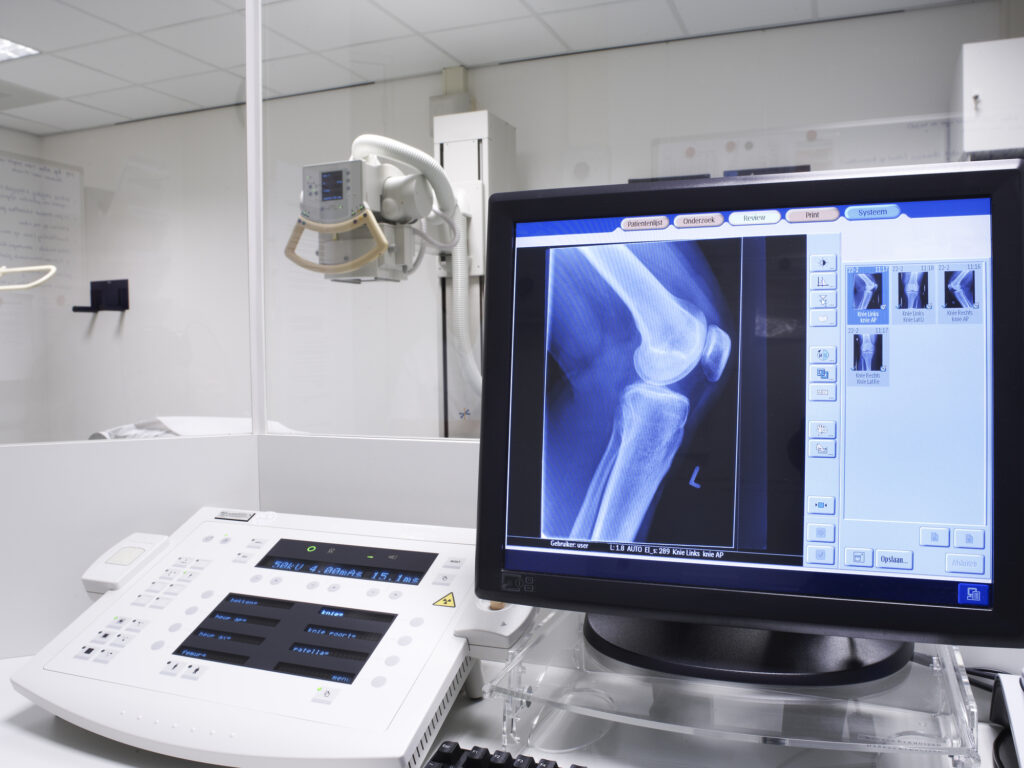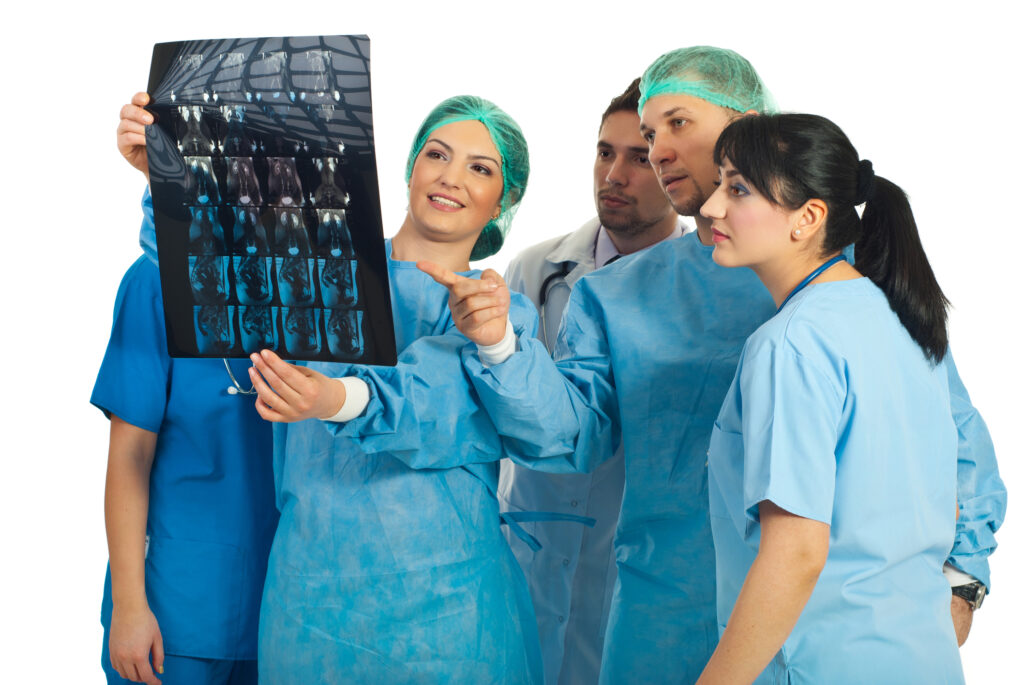Radiologist
Radiologists are medical professionals specialising in diagnosing and treating diseases and injuries. They use medical imaging technologies such as X-rays, computed tomography (CT) scans, magnetic resonance imaging (MRI), nuclear medicine, positron emission tomography (PET), and ultrasound. As pivotal healthcare team members, radiologists play a crucial role in the accurate diagnosis and effective management of various medical conditions, ultimately enhancing patient care.
Education and Training
Becoming a radiologist requires extensive education and training. After completing a four-year undergraduate degree, aspiring radiologists must attend medical school, which typically lasts four years. Upon graduating from medical school, they must complete a four to five-year residency in diagnostic radiology. Furthermore, followed by a one to two-year fellowship if they choose to specialise in a particular area, such as interventional radiology, neuroradiology, or paediatric radiology.
Diagnostic and Interventional Radiology
Radiologists can be broadly categorised into diagnostic and interventional radiologists. Diagnostic radiologists focus on interpreting medical images to detect abnormalities, injuries, or diseases and then provide a detailed report for physicians to determine the best treatment course. Their expertise is invaluable in diagnosing various conditions, from fractures and tumours to infections and degenerative diseases.
Interventional radiologists, on the other hand, use medical imaging to guide minimally invasive procedures for treating various conditions. These procedures often have reduced recovery times and lower risks than traditional surgical methods. Interventional radiologists perform treatments such as angioplasty, stent placement, tumour ablation, and biopsies.
Collaboration with Healthcare Professionals
Radiologists work closely with other healthcare professionals, including primary care physicians, surgeons, oncologists, and specialists. As a result, they play a vital role in the clinical decision-making process by providing accurate and timely diagnoses and offering guidance on suitable treatment options. Radiologists also collaborate with radiologic technologists, who operate the imaging equipment and ensure that high-quality images are obtained for interpretation.
Advancements in Radiology
Technological advancements have revolutionised the field of radiology, with cutting-edge imaging techniques improving the accuracy and efficiency of diagnoses. Artificial intelligence (AI) and machine learning are increasingly integrated into radiology workflows to assist with image interpretation, reduce human error, and expedite diagnostic processes. Additionally, innovations in medical imaging technology have enabled radiologists to visualise the human body with unprecedented detail, enhancing their ability to detect and diagnose various conditions.
In conclusion, radiologists are indispensable healthcare team members, playing a critical role in the diagnosis, treatment, and management of a wide range of medical conditions. With advancements in technology continually improving imaging techniques, radiologists are well-equipped to provide exceptional patient care and contribute significantly to patients’ overall well-being.



